Tag: oxygenation

Apneic Oxygenation in the ICU
Hypoxemia is the most common complication of endotracheal intubation in the critically ill and the strongest risk factor for periprocedural cardiac arrest and death. The traditional approach to avoiding desaturation during... read more
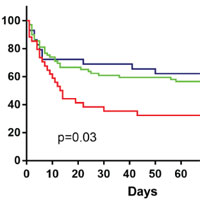
Isolated Left Ventricular Failure is a Predictor of Poor Outcome in Patients Receiving Veno-Arterial ECMO
Veno-arterial extracorporeal membrane oxygenation (va-ECMO) is increasingly and successfully used to assist patients with refractory cardiogenic shock from different causes. A total of 132 va-ECMO patients were enrolled.... read more
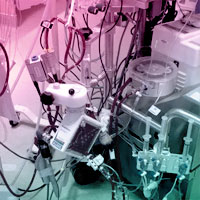
Experience and Needs of Family Members of Patients Treated with ECMO
Sudden onset of an unexpected and severe illness is associated with an increased stress experience of family members. Only one study to date has explored the experience of family members of patients who are at high risk of... read more
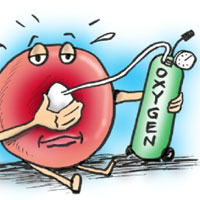
Oxygen Flow Rate and FiO2: Understand the Relationship!
Oxygen, we all need it! We do not need a lot of it under normal circumstances, with 0.21 being the fraction of inspired oxygen (FiO2) of room air. FiO2 is defined as the concentration of oxygen that a person inhales. The... read more
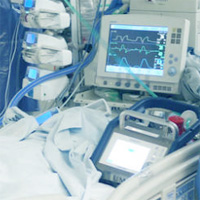
Hyperoxia and Hypocapnia During Pediatric ECMO
Hyperoxia is common during pediatric extracorporeal membrane oxygenation (ECMO) and associated with mortality. Hypocapnia appears to occur less often and although associated with complications, an association with mortality... read more
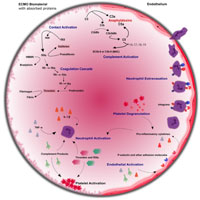
The Inflammatory Response to ECMO
Extracorporeal membrane oxygenation (ECMO) is a technology capable of providing short-term mechanical support to the heart, lungs or both. Over the last decade, the number of centres offering ECMO has grown rapidly. At the... read more

Clinicians’ Perceptions of Rationales for Rehabilitative Exercise in a Critical Care Setting
Rehabilitative exercise for critically ill patients may have many benefits; however, it is unknown what intensive care unit (ICU) clinicians perceive to be important rationale for the implementation of rehabilitative exercise... read more

Cardiac Output Monitoring: Throw it Out… or Keep it?
In critical care units, the shelf for cardiac output (CO) monitoring devices fills up with ever more innovative systems. Are these techniques useful, or are they expensive and irrelevant gadgets? There are arguments to defend... read more

Tracheal Intubation in Critically Ill Patients
We performed a systematic review of randomized controlled studies evaluating any drug, technique or device aimed at improving the success rate or safety of tracheal intubation in the critically ill. We identified 22 trials... read more
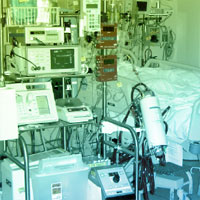
Six-month Outcome of Immunocompromised Severe ARDS Patients Rescued by ECMO
Recently diagnosed immunodeficiency is associated with a much better prognosis in ECMO-treated severe ARDS. However, low 6-month survival of our large cohort of immunocompromised patients supports restricting ECMO to patients... read more
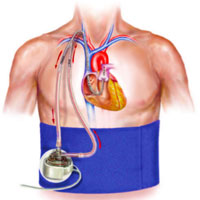
Choosing the Appropriate Configuration and Cannulation Strategies for ECMO
Extracorporeal membrane oxygenation (ECMO) is becoming a common procedure to support patients with severe cardio-circulatory or respiratory failure as well as in case of combined compromise of the two systems. Deciding which... read more
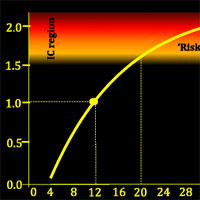
The Future of Mechanical Ventilation
The adverse effects of mechanical ventilation in acute respiratory distress syndrome (ARDS) arise from two main causes: unphysiological increases of transpulmonary pressure and unphysiological increases/decreases of pleural... read more
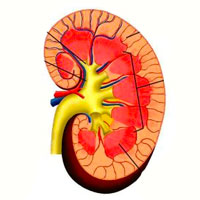
Urinary Oxygenation as a Surrogate Measure of Medullary Oxygenation During Angiotensin II Therapy in Septic AKI
In septic acute kidney injury (AKI), renal medullary and urinary hypoxia developed several hours before increases in currently used biomarkers. Angiotensin II transiently improved renal function without worsening medullary... read more

Implementation of a Goal-Directed Mechanical Ventilation Order Set Improves Compliance
Implementation of a Goal-Directed Mechanical Ventilation Order Set Driven by Respiratory Therapists Improves Compliance With Best Practices for Mechanical Ventilation. Data regarding best practices for ventilator management... read more
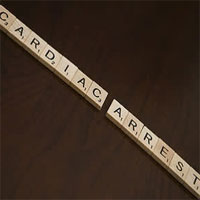
Optimal Approach to Mechanical Ventilation After Cardiac Arrest
Return of spontaneous circulation after cardiac arrest results in a systemic inflammatory state called the post-cardiac arrest syndrome (PCAS), characterised by oxidative stress, coagulopathy, neuronal injury, and organ dysfunction.... read more
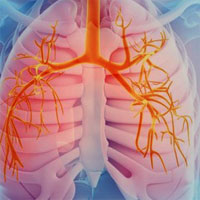
Acute Hypoxemic Respiratory Failure in Immunocompromised Patients
In immunocompromised patients with acute hypoxemic respiratory failure (ARF), initial management aims primarily to avoid invasive mechanical ventilation (IMV). HFNC has an effect on intubation but not on mortality rates.... read more
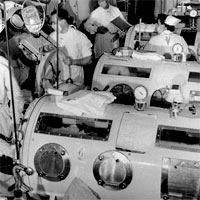
Inside the lives of America’s last iron lung patients
Long after the polio vaccine stemmed the disease that once infected thousands of people, a handful of U.S. polio survivors still rely on decades-old iron lung machines to stay alive-and must overcome increasing obstacles... read more









